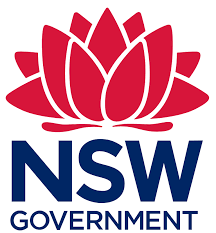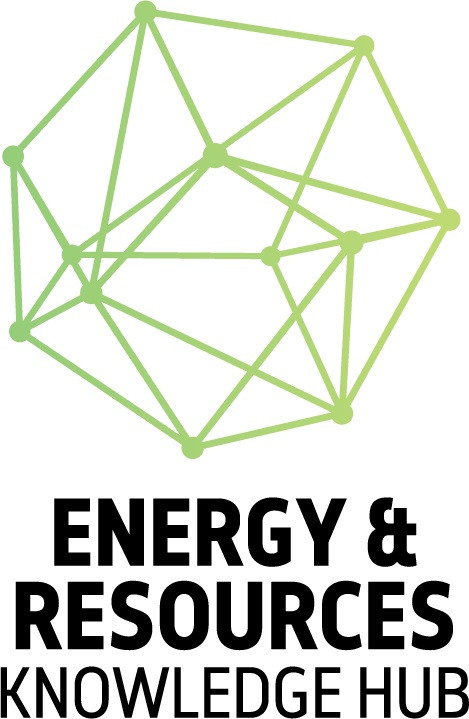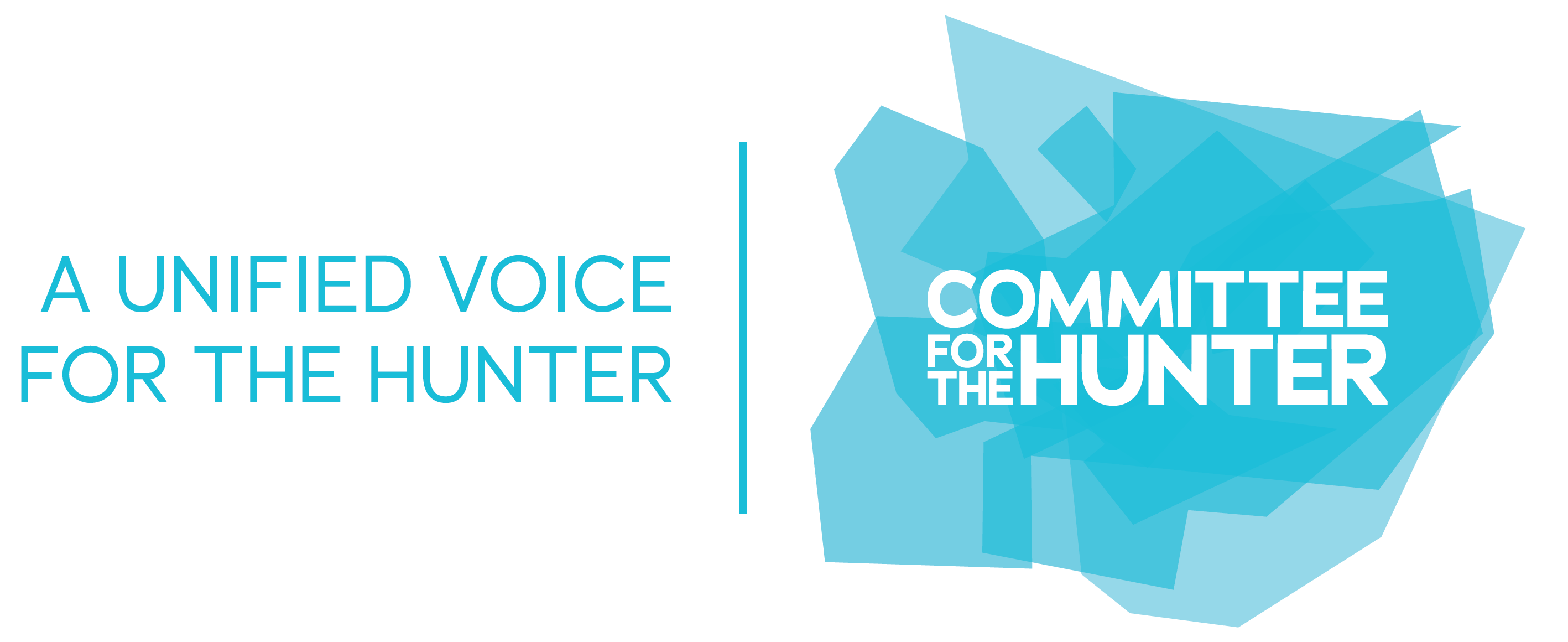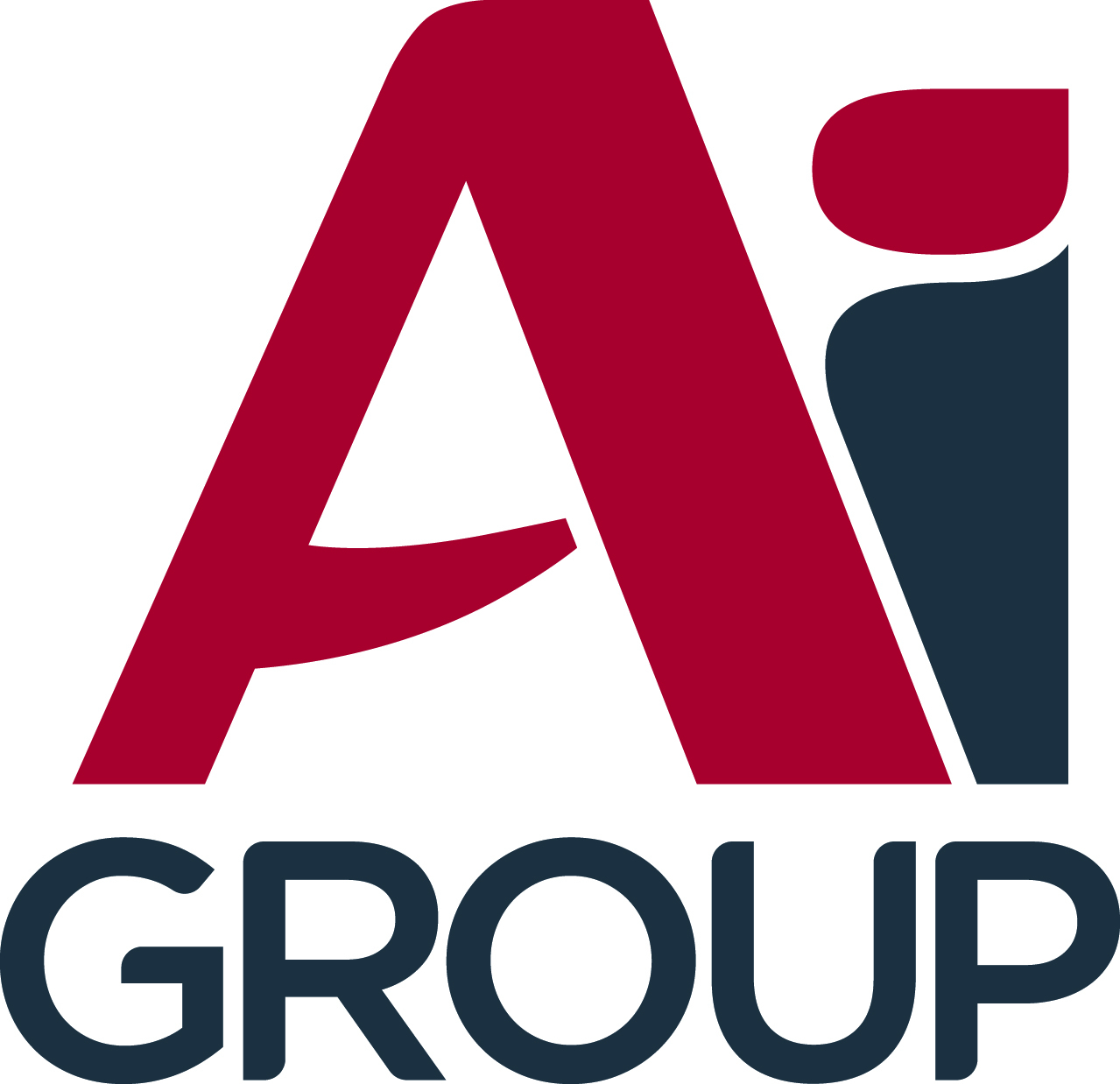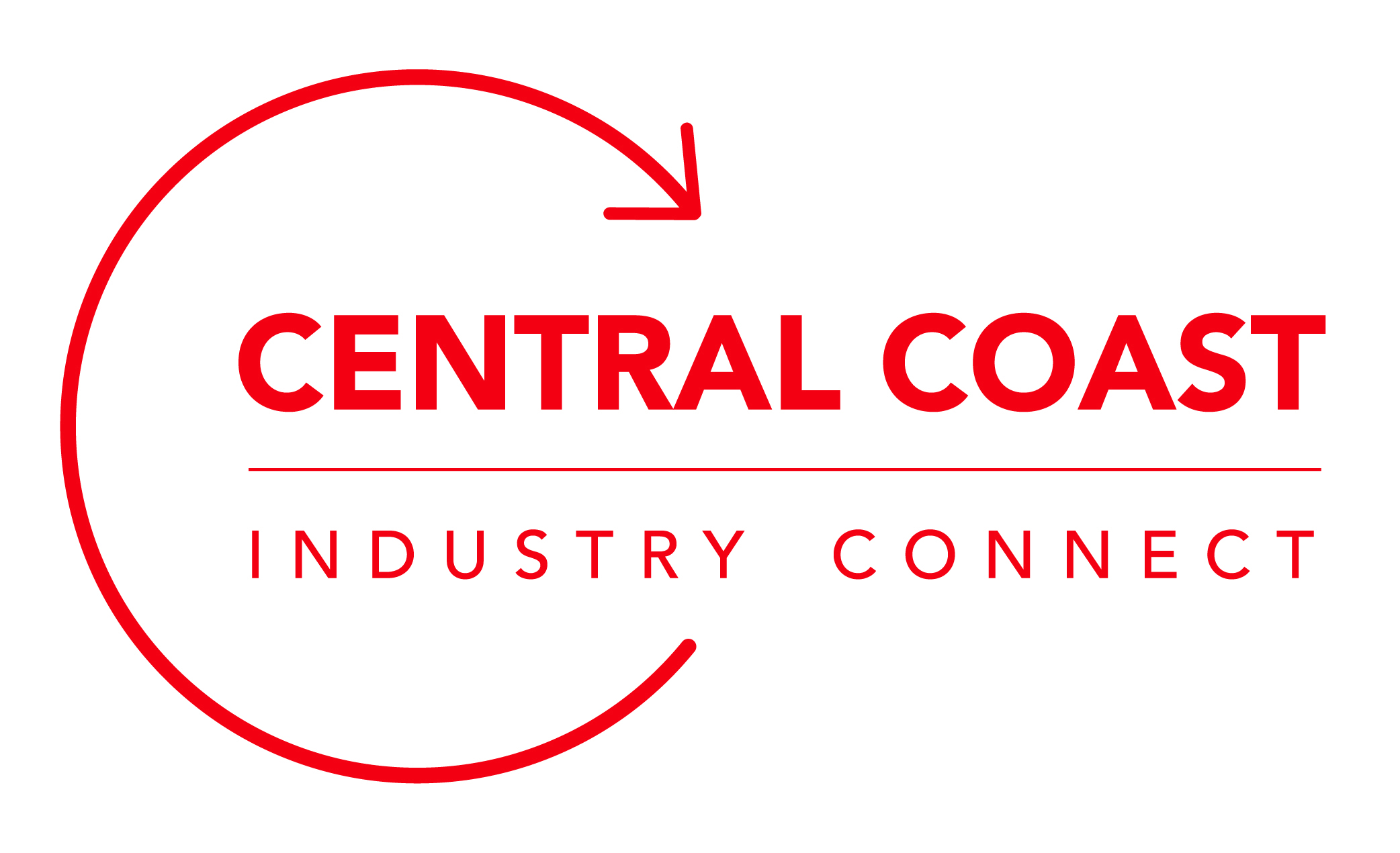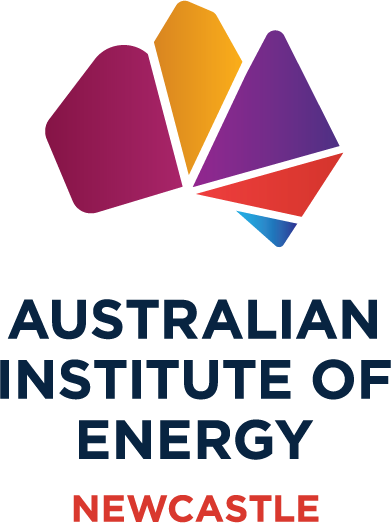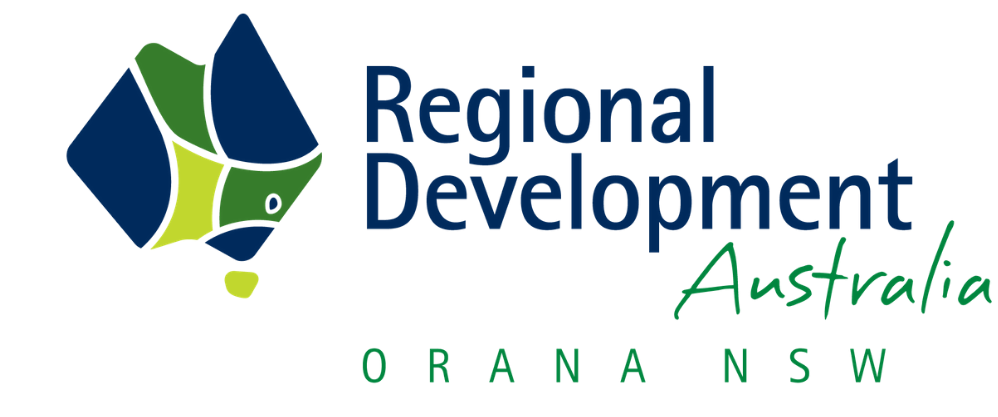Industry Initiative eyes Pilbara, Kwinana, Hunter, Illawarra and Gladstone for decarbonisation
An 88% cut to heavy industry emissions is possible and would set up these key regions for the net zero transition, says research backed by 18 of Australia’s largest companies
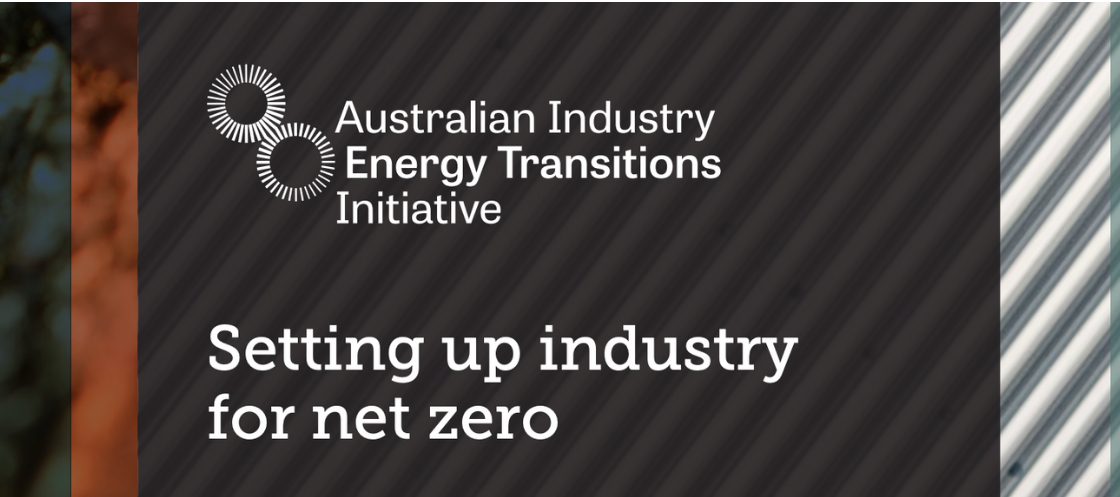
The ‘Setting up industrial regions for net zero’ report shows it is possible for these five regions to achieve an 88 percent reduction in their current emissions, which together account for about one-eighth of Australia’s total emissions. This is the equivalent to 70 MtCO2e of abatement, or to removing all emissions from cars and light commercial vehicles across Australia.
The report is the result of a two-year collaboration between some of Australia’s largest companies, as part of the Australian Industry Energy Transitions Initiative (Australian Industry ETI), which is entering its final phase. It was prepared for the Australian Industry ETI by not-for-profits Climateworks Centre, based at Monash University, and Climate-KIC Australia, which are co-conveners of the initiative.
The report shows:
- industrial regions can contribute to reaching state and national net zero emissions targets by 2050, while driving employment growth and building Australia’s climate resilience,
- the scale of renewable energy required to decarbonise five industry supply chains in the Pilbara, Kwinana, Hunter, Illawarra and Gladstone would be an additional 25-47 percent of Australia’s total electricity generation, or 68.3 to 125.9 TWh of energy, and;
- the required renewable energy infrastructure, green hydrogen and energy storage has the potential to create job opportunities for 178,000 to 372,000 Australians. The investment in these regions and enabling infrastructure will be in the order of $50 to $100 billion.
Targets for industrial regions can facilitate planning and action, and guide decision making for the long-term transition. Concrete targets, as well as coordinated planning and development of multi-user infrastructure and the co-development of regional decarbonisation roadmaps, are among the report’s recommended actions.
The Australian Industry ETI brings together key industry and finance participants to accelerate action towards achieving net-zero emissions in supply chains by 2050, across critical sectors known as ‘hard-to-abate’ given their high emissions and relatively higher abatement costs. It is funded by philanthropy, company contributions and the Australian Government through the Australian Renewable Energy Agency’s (ARENA) Advancing Renewables Program.
The 18 initiative participants represent approximately 30 percent of the ASX100 market value.
They include Australian Gas Infrastructure Group, APA Group, Aurecon, AustralianSuper, BHP, BlueScope Steel, bp Australia, Cbus, the Clean Energy Finance Corporation, Fortescue Metals Group, HSBC, Orica, National Australia Bank, Rio Tinto, Schneider Electric, Wesfarmers Chemicals, Energy & Fertilisers, Westpac and Woodside Energy.
The Australian Industry ETI focuses on reducing supply chain emissions across five sectors: iron and steel; aluminium; LNG; other metals, including copper, nickel, lithium; and chemicals, such as fertilisers and explosives.
With momentum building across Australia’s economy to decarbonise, the next phase of the initiative will focus on setting decarbonisation pathways for Australia’s industrial supply chains, in line with the global goal of limiting global warming to 1.5 degrees Celsius.




